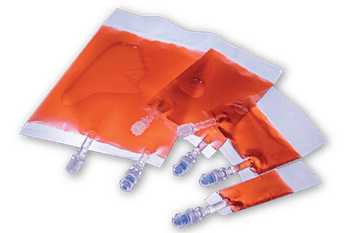Machinery & Equipment
According to statistics and forecasts from APO Research, the rod ends market is valued at $1,682.45 million in 2023
09 April 2025

Rod ends are mechanical components used to connect two parts and allow relative motion. They are widely used in industrial machinery, automobiles, construction machinery, and aerospace. They are generally used to bear radial and axial loads and provide high-precision motion control. These bearings can be divided into two types: internal threads (female) and external threads (male) according to their design features. Advanced manufacturing processes such as precision turning, milling, heat treatment, and surface treatment are involved in the production process to ensure their durability and performance. There are high technical barriers and fierce market competition in the industry, and it also faces challenges such as fluctuations in raw material prices, environmental regulations, and supply chain disruptions. With the development of technology and changes in market demand, the design and production process of rod ends are constantly improving to meet the needs of various application scenarios.
According to statistics and forecasts from APO Research, The Rod Ends market was valued at US$ 1,682.45 million in 2023 and is projected to reach US$ 2,989.05 million by 2030, at a CAGR of 8.85% during the forecast period (2024-2030).
The North America market for Rod Ends is estimated to increase from $ 541.21 million in 2024 to reach $ 883.56 million by 2030, at a CAGR of 8.51% during the forecast period of 2024 through 2030.
The Europe market for Rod Ends is estimated to increase from $ 610.03 million in 2024 to reach $ 1,006.41 million by 2030, at a CAGR of 8.70% during the forecast period of 2024 through 2030.
The China market for Rod Ends is estimated to increase from $ 191.72 million in 2024 to reach $ 341.35 million by 2030, at a CAGR of 10.09% during the forecast period of 2024 through 2030.
Rod end bearing manufacturers should improve product performance and production efficiency through continuous technological innovation and optimization of production processes, while strengthening supply chain management to ensure a stable supply of raw materials. Investing in R&D and automation equipment to improve product precision and durability is the key to coping with market competition. At the same time, paying attention to environmental protection and compliance requirements, providing customized services, and expanding market application areas to meet the needs of different customers. Strengthening brand building and customer relationships and improving market visibility and customer satisfaction will help companies achieve long-term success in a fierce market environment.





